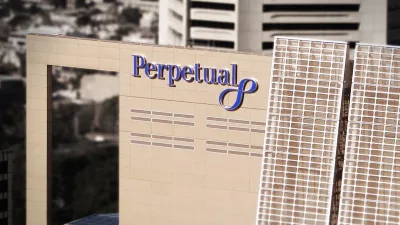Platinum loses insto mandate as FUM drops below $10bn



Platinum Asset Management has announced the loss of a near-$1 billion institutional mandate as data shows its funds under management (FUM) fell below $10 billion in April.
In its April monthly flows, it said FUM was $9.6 billion, down from $10.2 billion in March. The sum compares to FUM of $13.7 billion a year ago.
During the month, it experienced net outflows of $243 million, some $215 million of which came from its Platinum Trust Funds.
In addition to the FUM decline, which was also impacted by market movements, it said it had recently learnt of the loss of a $973 million institutional mandate.
This means the firm has “accelerated” its cost savings plan which is already on track to deliver $25 million in target expense reductions.
In an ASX notice on 6 May, it said: “Last night, Platinum received notice of termination of an institutional mandate of approximately $958 million to take effect on 9 May 2025. This figure has not been included in the FUM figures above and will flow through to 31 May 2025 figures.
“The impact to profit of the related loss of revenue will be offset by an acceleration of planned cost savings to be delivered in FY26. These planned cost savings are incremental to the cost savings previously announced to the market.”
The loss comes a year after it lost $1.65 billion last April as the result of redemptions from institutional mandates and product rationalisation initiatives.
Earlier this month, the firm announced it is in early talks with global alternative asset manager L1 Capital over a possible merger. If the merger proceeds, it will create a manager with combined $18 billion in funds under management.
The potential merger would be enacted via Platinum acquiring L1 Capital in return for the issue of new ordinary Platinum shares. Following completion, L1 Capital shareholders would own around 75 per cent of shares in Platinum and existing Platinum shareholders would own 25 per cent.
Platinum said: “If the potential merger proceeds, the combined shareholders are expected to benefit from greater scale and diversity of investment strategies and distribution channels, as well as access to meaningful cost efficiencies. The merger has the potential to deliver material earnings and value accretion for Platinum shareholders over the near term.”
Commenting on possible benefits of the proposed plan, Morningstar equity analyst Shaun Ler said a merger could indeed unlock value through the elimination of duplicate costs, but structural challenges of active management would still be a problem regardless.
“The proposed merger could unlock some value, mainly through the elimination of duplicate costs. There may also be cross-selling benefits from a larger combined distribution network, although this is difficult to quantify given potential product overlaps and Platinum’s underperformance,” Ler said.
“While the merger would create a larger entity with greater scale, it does not reverse the structural challenges facing traditional active managers like Platinum and L1 – namely, fee pressure and market share loss to passive strategies, such as via ETFs.”
Recommended for you
Despite ASIC concerns about private credit funds being accessed via the advised channel, there are questions regarding how high its usage actually is among financial advisers.
Challenger has looked to the superannuation industry for its appointment of a group chief investment officer, a newly-created role.
Perpetual has confirmed it has entered into an exclusivity agreement with a US private equity firm to progress discussions regarding the sale of its wealth management division.
Paradice Investment Management has become the latest fund manager to launch an active ETF version of its managed fund, placing greater emphasis on retail distribution.











